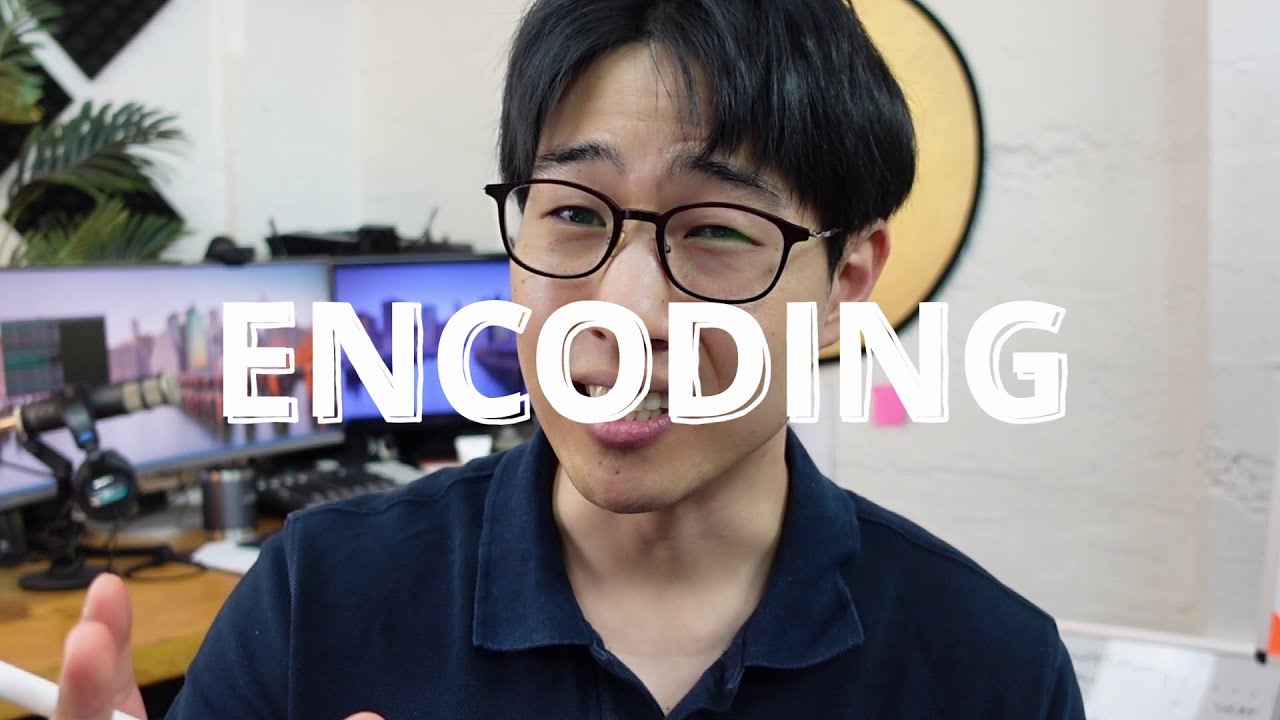How to train your brain | How to Increase Memory | दिमाग कैसे तेज चलेगा | Sehat Talk
Summary
TLDRThis educational video script discusses the importance of memory techniques for students, emphasizing the need for concentration and a distraction-free environment to form memory traces. It suggests using visual and narrative methods to enhance recall, such as creating stories with mnemonic devices. The script also touches on the importance of revision and proper nutrition for the brain, and ends with a segment on ear anatomy and the importance of taking care of our hearing, cautioning against the overuse of earphones.
Takeaways
- 📘 The human brain can remember thousands of things if it follows a memory trace, which is initiated when learning something new.
- 🧠 Memory trace is disrupted by distractions such as having a phone nearby while studying, which affects concentration.
- 📚 It's best to study in a quiet place without distractions, preferably away from libraries where new books might divert attention.
- 🔍 Reading from a book creates different memory traces compared to reading from a screen, as the brain also senses the paper and remembers the position of information.
- 📝 Creating notes or diagrams while reading strengthens memory traces by combining visual and textual information.
- 📖 The method of loci is an effective memory technique where one associates the information to be remembered with a familiar route or location.
- 🛒 Repetition is crucial for long-term memory retention; revisiting the learned material the next day helps solidify the memory traces.
- 🍎 A balanced diet with vitamins, minerals, carbohydrates, and amino acids supports brain function and the ability to learn.
- 💤 Adequate sleep is essential for the brain's capacity to learn and is never-ending; one can continue learning new things at any age.
- 👂 The ear is a complex organ that has evolved to detect and process sound waves, with structures like the eardrum and cochlea playing key roles in hearing.
- 🔊 The brain's auditory cortex interprets the electrical signals from the ears to understand the source, pitch, and intensity of sounds.
Q & A
What is the main topic of the video script?
-The main topic of the video script is about memory techniques and how to improve memory retention, particularly for students preparing for exams.
What is a 'memory trace' as mentioned in the script?
-A 'memory trace' refers to the neural pathways or connections that are formed in the brain when we learn something new, which helps in retaining information.
Why should one avoid using a phone while studying according to the script?
-Using a phone while studying can lead to distractions, which in turn can disrupt the formation of memory traces and hinder effective learning.
What is the recommended environment for studying according to the script?
-The script recommends studying in a quiet place where there are no distractions, such as a library, to ensure better focus and memory retention.
How does the script suggest creating multiple memory traces?
-The script suggests creating multiple memory traces by engaging in activities like making notes, creating diagrams, and associating information with various senses and experiences.
What is the 'Method of Loci' technique mentioned in the script?
-The 'Method of Loci' is a mnemonic technique where information is associated with specific locations along a familiar route or journey to aid in memory retention.
Why is it important to review or repeat information after learning it according to the script?
-Reviewing or repeating information after learning it helps to strengthen the memory traces in the brain, making the information more likely to be retained over a longer period.
What role do vitamins and minerals play in the learning process as per the script?
-Vitamins and minerals are essential for the brain to function properly during the learning process, contributing to the formation and maintenance of memory traces.
How does the script relate the learning of a new language by children to memory retention?
-The script relates the learning of a new language by children to memory retention by mentioning how children repeat new words they hear until they are ingrained in their memory.
What is the significance of the ear's anatomy in understanding sound as described in the script?
-The ear's anatomy, including the eardrum, cochlea, and hair cells, plays a crucial role in converting sound waves into electrical signals that the brain can interpret, allowing us to understand sounds.
What advice does the script give regarding the use of earphones or headphones?
-The script advises against using earphones or headphones for extended periods and at high volumes, as it can cause damage to the ears, affecting one's ability to hear.
Outlines

このセクションは有料ユーザー限定です。 アクセスするには、アップグレードをお願いします。
今すぐアップグレードMindmap

このセクションは有料ユーザー限定です。 アクセスするには、アップグレードをお願いします。
今すぐアップグレードKeywords

このセクションは有料ユーザー限定です。 アクセスするには、アップグレードをお願いします。
今すぐアップグレードHighlights

このセクションは有料ユーザー限定です。 アクセスするには、アップグレードをお願いします。
今すぐアップグレードTranscripts

このセクションは有料ユーザー限定です。 アクセスするには、アップグレードをお願いします。
今すぐアップグレード関連動画をさらに表示

4 Proven Tips to Remember Anything Easily | Boost Your Brain Memory 💯🧠 || Dr.Tanu Jain @Tathastuics

How to Effectively do Math Homework

Consecutive Note Taking-Part 1

Study More Efficiently With These 2 Basic Steps

Học cách học – Tạo năng lực cốt lõi | Sách Cách Chinh phục Toán và Khoa học

Mission FREE EDUCATION - I need your HELP
5.0 / 5 (0 votes)
